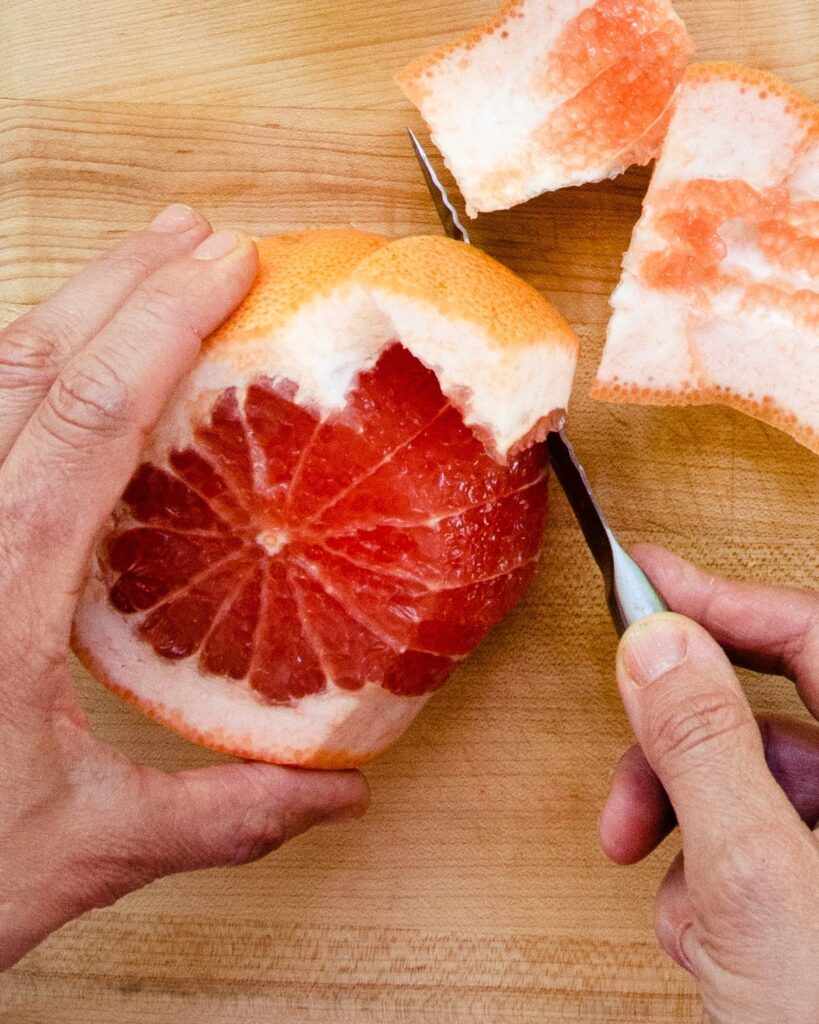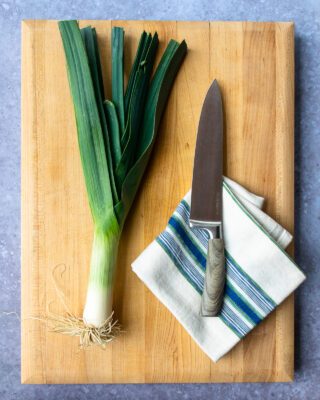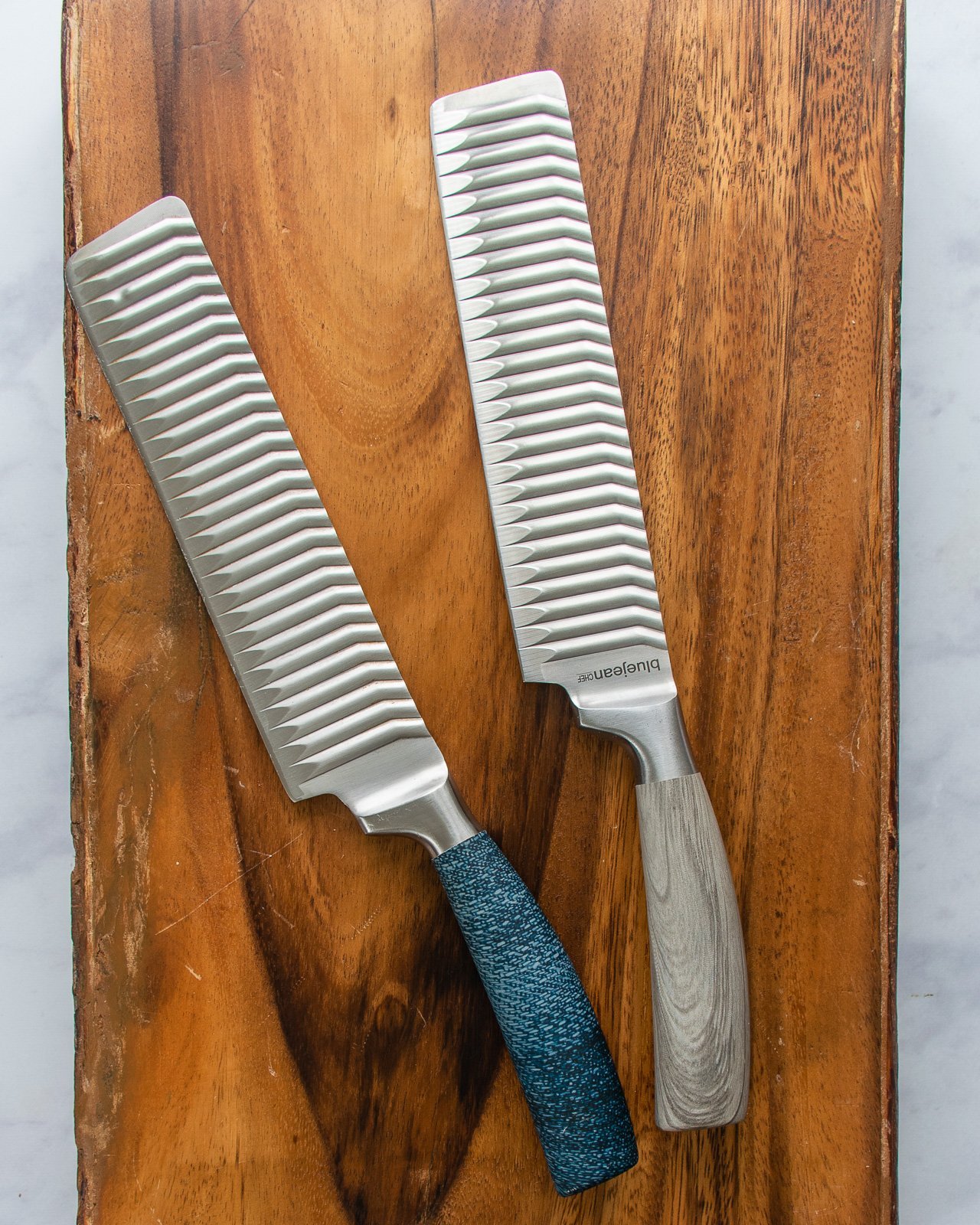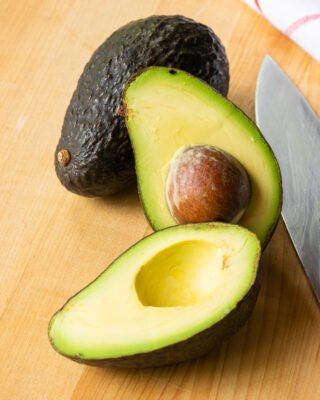Here’s how you do it:
Start by slicing off the top and bottom of the fruit. You should cut off enough so that you can see the flesh of the fruit easily. This will also create a flat surface, which will stabilize the fruit and help prevent it from rolling around as you cut it. Slice the peel off the fruit by starting at the top (one of the flat ends) and curving the knife around the fruit so that you take off all the peel and as little as possible of the flesh inside. (I’ll let you know right now that most people err at the bottom of the orange or grapefruit, not curving their knife enough as they approach the cutting board.)

Once all the peel has been removed, hold the fruit in the palm of your non-cutting hand very carefully. Slice a paring knife down on one side of the membrane between the segments.

Then, move to the other side of the segment and slice the paring knife down towards the center of the fruit to meet the first cut.

By making both these slices, the segment should become loose and is easily removed on your knife. Be sure to do this over a bowl to collect the delicious juice along with the segments. Rotate the fruit around in your hand and repeat these slices for each segment.

Quick Notes:
- Start by making a flat surface on the fruit – slice off both ends.
- Be sure to slice off enough of the fruit to expose the flesh on both ends.
- Curve the knife around the fruit, making sure to continue the curve all the way to the cutting board.
- Slice down each side of the fruit segments carefully.
- Always supreme citrus fruit over a bowl so that you can collect all the juice – it’s great for salad dressings.










Fascinating! I didn’t know the word “supreme” for that attractive citrus prep, and it looked like even an ordinary mortal could accomplish it after viewing your video and notes. Not only do you broaden my cooking horizons often, but you give me confidence to take on new tastes and techniques. Thanks, Meredith!